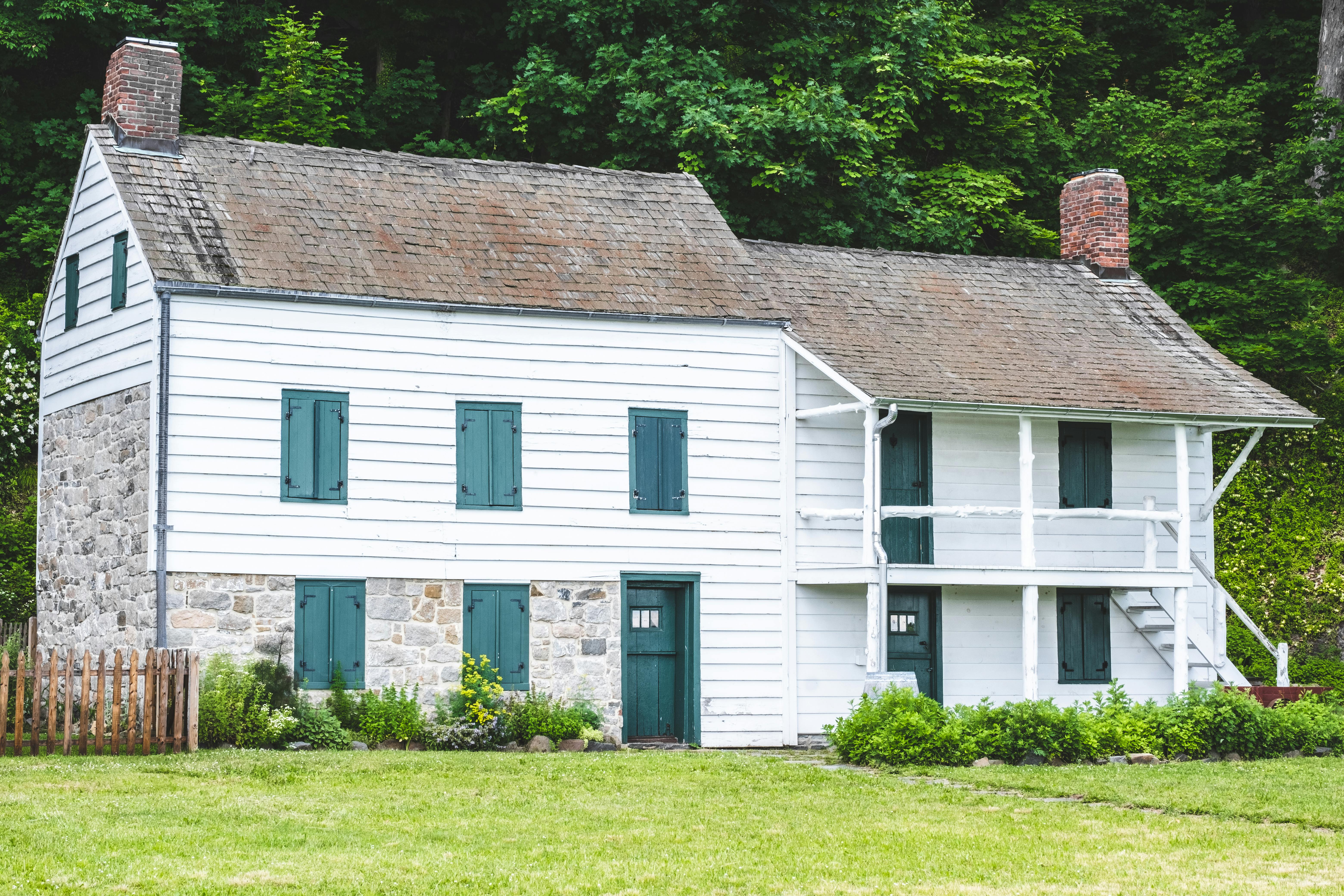
School repair and maintenance: the practical way for schools to keep up
We spend a large part of our younger formative years in school, where we prepare to be productive members and leaders of society in the future. It is where our minds and characters develop. Therefore, there is an urgent need to maintain a safe and peaceful environment conducive to learning.
School building safety codes are updated periodically as studies are conducted. Today, more stringent regulations are being implemented as more substances and materials used in construction are found to be hazardous to health. Also, government mandated programs and curricula are constantly being introduced and quite often older schools do not have the necessary facilities for this. Several schools tend to be overcrowded and structural expansion of the building is often the only option available.
Schools that were built after the 1950s tend to be mediocre in architecture. Although aesthetics may play a minor role in deciding whether to make changes to a school building, updating the infrastructure and making it less boring and institutional can yield better results. A prettier and more attractive workplace will certainly motivate those who work and study within its walls and thus increase productivity.
We are now in the information age, and computers and the Internet play an important role in classrooms and school work. Teachers now rely on electronic devices as a medium for instruction. Personal computers, CD and DVD players, large screen projectors, and the like are common fixtures in a classroom. As such, students and faculty need safe and proper access to electrical outlets, plugs, and cables.
A common feature that older schools lack is proper lighting and ventilation. School buildings that were built several decades ago relied solely on windows for ventilation and when they are closed during the colder seasons, the air has the potential to become a virus trap and rooms fill with a potpourri of bacteria.
A recent study shows that a large amount of natural light plays an important role in the learning process than previously thought. Older schools that used to have large windows often board them up to save heating and cooling energy costs. Students in these classrooms without natural light have to rely solely on artificial lighting, which is often inadequate and expensive.
Renovating school buildings to improve students’ access to fresh air and daylight will greatly improve health and study conditions, making the school more effective in improving and shaping the minds of students. youths. Replacing old-style light bulbs with modern artificial lighting will also make schools more energy efficient and greatly reduce operating costs. Also, replacing materials and fixtures to make the school more environmentally friendly and reduce its carbon footprint is a good way to reduce energy costs while increasing the environmental awareness of teachers and students.
Schools that were built before the 1950s often have excellent architecture with strong construction materials and have become an intrinsic part of the surrounding community. Since changing the appearance of these landmarks can ruin their aesthetic appeal and character, the contractor responsible for updating and renovating such schools must be experienced enough to accomplish this while preserving their original appearance.
Another challenge facing school maintenance and repair contractors is how to conduct construction and operations while classes are in progress. Noise and allergens that may arise from maintenance, restructuring and refinishing must be controlled and minimized in such a way that they do not interfere with the learning process and compromise the health of students and teachers. Sawdust, paint chips, mold, and a host of toxic gases can be released into the air and cause respiratory problems with improper repair and maintenance methods.